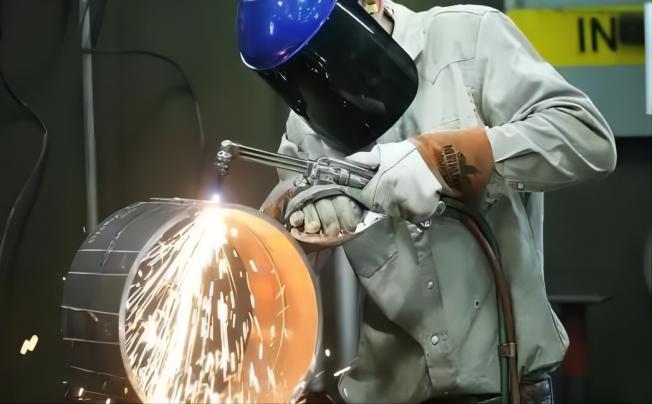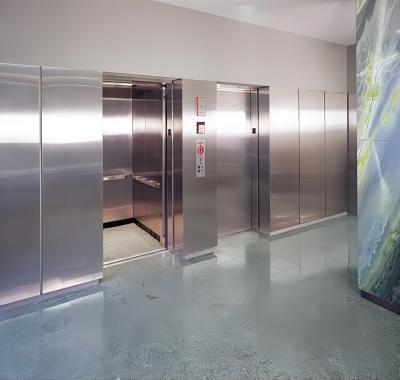Stainless steel pipe is a hollow, long, round piece of steel that is widely utilized in petroleum, chemical, medical, food, light industrial, and other areas. It has a variety of uses in the national economy and is a significant product in the steel industry. There are four main types of stainless steel pipes: stainless steel seamless pipes, stainless steel square tubes, stainless steel welded pipes, and special-shaped stainless steel pipes. So what is the difference between seamless and welded pipe? And which is better, seamless or welded pipe?
What is Stainless Steel Seamless Pipe?
Stainless steel seamless pipes are steel pipes made of stainless steel alloy and have no welds, making them stronger and more durable than welded pipes. As the name implies, seamless pipes are made without seams or joints, eliminating the possibility of leaks or weak spots in the piping. Stainless steel seamless pipes are widely used in a variety of industries, such as oil and gas, chemical processing, and water treatment, due to their high corrosion resistance and ability to withstand high pressure and temperatures.
As for its properties, firstly, the cheaper and more useful the wall thickness, the thicker the wall thickness, and the more expensive the processing, the smaller the wall thickness. Second, the inner and outer surfaces of the pipe have pockmarks and black spots, which are difficult to remove, the gloss of the inner and outer surfaces is low, and the cost of calibration is high. Third, the wall thickness is irregular.
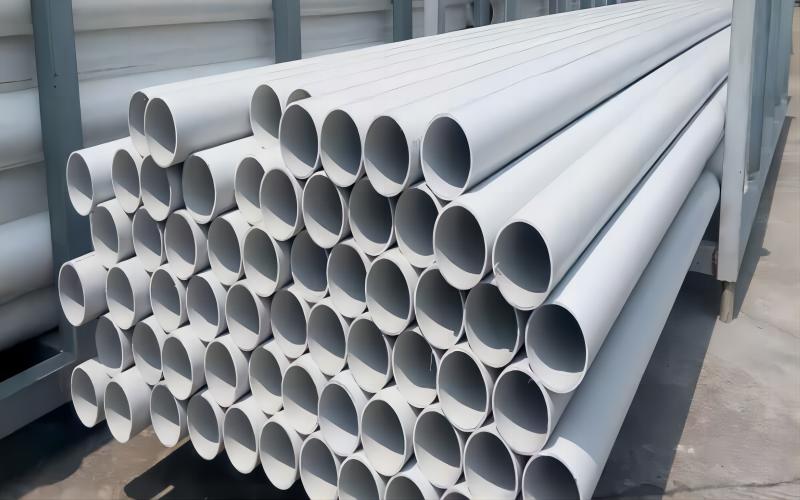
What is Stainless Steel Welded Pipe?
Stainless steel welded pipes are stainless steel alloy pipes made by welding two pieces of steel. Welding creates a strong and durable joint that can withstand high pressures and temperatures. Stainless steel welded pipes are widely used in various industries, such as oil and gas, chemical processing, and water treatment, due to their high corrosion resistance. Unlike seamless pipes, welded pipes have a longitudinal seam that is visible on the surface.
As for its properties:
Economy and aesthetics: The general welded steel pipe has high precision, uniform wall thickness, and high gloss both inside and outside the pipe (the surface gloss of the steel pipe is determined by the surface finish of the steel plate), and can be set as desired. The process of the product determines its advantages and disadvantages. Therefore, it is affordable and attractive.
Good corrosion resistance: It is very resistant and, even if damaged, can be quickly repaired in an oxygen-rich atmosphere to prevent rust. This is due to the thin protective film that covers its surface.
Deformation: Due to limited space, equipment, and construction personnel on site, welded stainless steel pipes are often used without strict compliance with building codes. For this reason, it is important to consider the deformation factors at the joint between the pipe and the pipe fittings.
Economic advantage: Due to the high corrosion resistance and mechanical properties, only about one-third of the thickness of the galvanized steel pipe is required for use. This makes the pipe lighter, easier to handle, easier to process, cheaper, and easier to install.
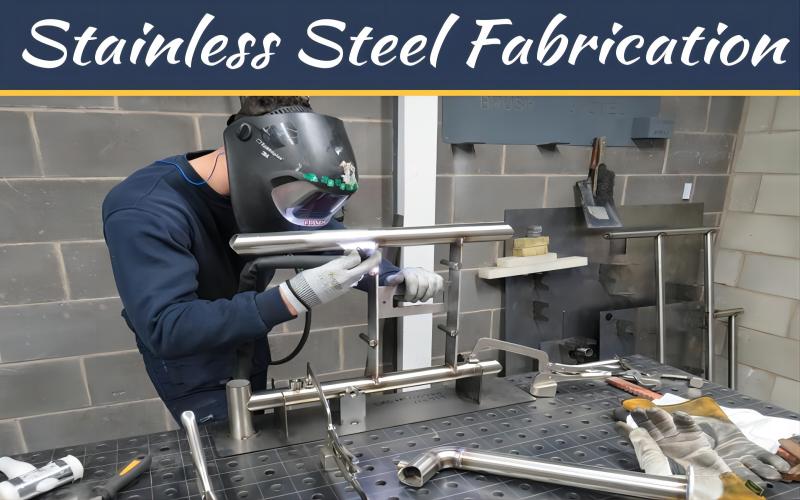
Stainless steel welded pipe, also called stainless steel decorative pipe, the raw material is steel strip, steel strip is welded, and the inner wall will have a weld seam, its application is wide, mainly decoration, landscaping, furniture products, and other fields; The surface is usually matte or mirrored, and electroplating, painting, spraying and other processes are also used to give a layer of bright color on its surface.
Stainless steel welded pipe is usually called industrial pipe, for cold rolling or cold drawing, the raw material is round steel, is round steel through the perforation into a pipe blank, and then the pipe blank and then one by one cold rolled or cold drawn; Its surface is usually acid white surface, that is, pickled surface, the surface requirements are not strict, the wall thickness is uneven, the brightness of the inner and outer surfaces of the pipe is low, the fixed size cost is high, and the inner and outer surfaces should have pockmarks and black spots, which are not easy to remove.
Seamless pipes tend to have higher strength because there are no welds, while welded pipes can also have larger diameters with thinner walls. Although they may not be able to withstand as much pressure as seamless pipes, welded pipes are generally less expensive than seamless pipes.
Overall, both types of pipe have advantages and disadvantages, and the choice between them often depends on the application and specifications. When choosing between seamless and welded stainless steel pipes, aspects such as strength, price, pressure resistance, and manufacturing capabilities must be considered.
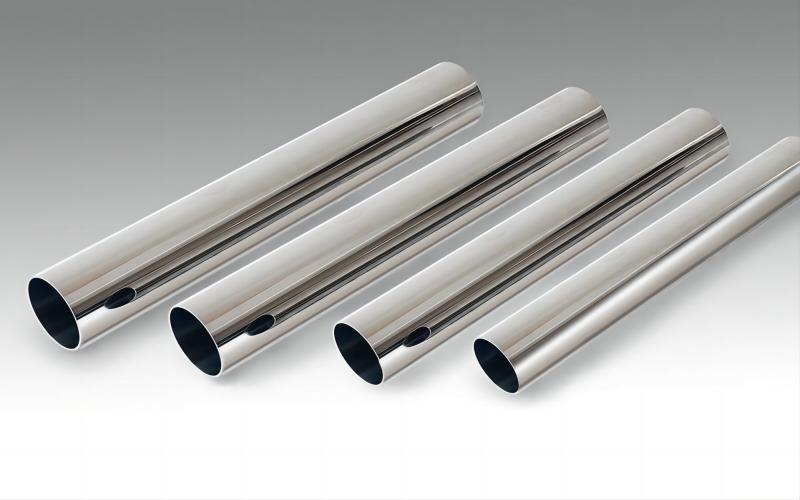
Which is better seamless or welded pipe?
Seamless pipe is generally considered stronger and more durable than welded pipe because it has no welds or joints that can weaken the structure of the pipe. Seamless pipe is also less susceptible to corrosion due to its uniform structure. However, the manufacturing process for seamless pipes is more complex and expensive, which can lead to higher costs.
Welded pipes, on the other hand, are easier and less expensive to manufacture, which is why they are more commonly used than seamless pipes. Welded pipes can also be manufactured in larger sizes and wall thicknesses than seamless pipes. However, the welding process can result in weaker spots and more corrosion-prone areas that may require additional attention during maintenance.
In summary, both seamless and welded pipes have their own strengths and weaknesses, and the choice between them depends on the specific requirements of the application.


